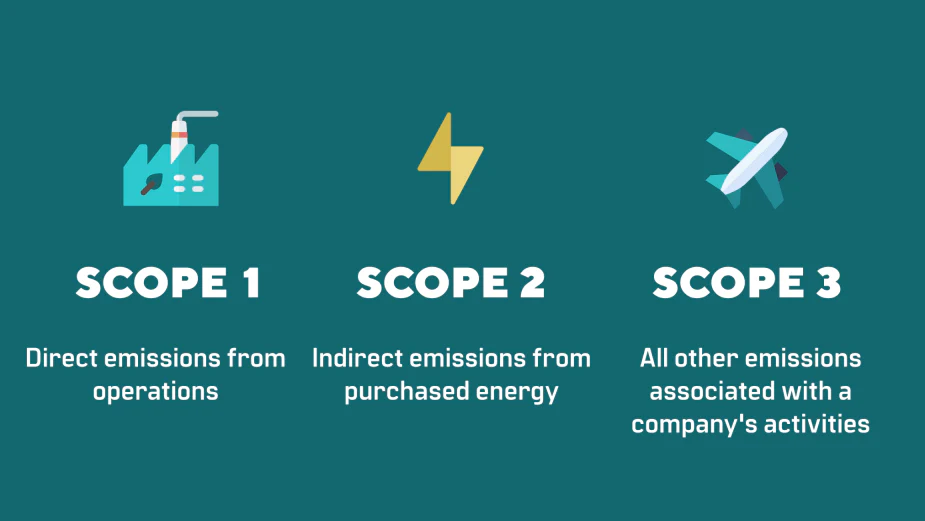by Victoria Hatch
As consumers, every purchase we make can impact the environment, but how often do we consider the carbon footprint of the brands we support?
The concept of net zero—balancing emitted and removed greenhouse gases—is becoming a critical target for companies committed to sustainable practices. For environmentally conscious individuals, especially members of communities like the Green Runners, understanding and supporting these efforts is vital. This awareness not only contributes to the fight against climate change but also influences corporate behaviours, encouraging more brands to reduce their environmental impact.
As we tie up our running shoes and hit the trails, it’s worth considering: are the brands we wear running towards sustainability as swiftly as we are?

What is net zero?
Net zero refers to the balance between the amount of greenhouse gas emissions produced and the amount removed from the atmosphere. Achieving net zero is essential for mitigating the impacts of climate change, as it aims to stabilise and eventually reduce global temperatures in line with international agreements like the Paris Accord.
For organisations, the journey to net zero varies significantly based on factors such as their industry, operational scale, and influence over their supply chains. A manufacturing firm, for example, faces different challenges and opportunities compared to a software company, particularly in managing direct emissions from production processes compared to predominantly indirect emissions from digital services. Thus, each organisation’s approach must be tailored to effectively reduce its carbon footprint while supporting broader sustainability goals.
The realities of committing to net zero
Achieving net zero is a formidable goal for companies, largely due to the varying degrees of control they have over their emissions. Scope 1 and Scope 2 emissions, which include direct emissions from owned or controlled sources and indirect emissions from the generation of purchased energy, respectively, are typically easier for companies to manage. For instance, a company can switch to onsite renewable energy sources or transition their vehicle fleets to non-fossil fuel alternatives. However, Scope 3 emissions, which cover all other indirect emissions that occur in a company’s value chain, present a greater challenge. These emissions are not directly controlled by the company and often depend on external suppliers and partners.
For industries like manufacturing, where the supply chain can be extensive and complex, current technological limitations make it difficult to fully monitor and reduce these indirect emissions. This complexity underscores why reaching net zero is not just about setting targets but also about innovating and collaborating across industries to create more sustainable practices.

What can companies do?
The first step to understanding a company’s environmental impact is through a comprehensive carbon footprint assessment. This process may involve a corporate greenhouse gas assessment (of their whole business), or undertaking Lifecycle Assessments (LCA) of specific products (which analyses the total emissions produced from every stage of a product’s life—from raw material extraction through to disposal).
With this data, companies can set informed, realistic targets for reducing their carbon footprint in the short and long term.
For instance, in the short term, they might focus on adopting green energy solutions or transitioning their vehicle fleets to electric.. Over the long term, more extensive changes might be necessary. Equally important is transparent reporting: companies must openly communicate their sustainability goals, strategies, and progress. This transparency not only holds companies accountable but also allows consumers, investors, and regulatory bodies to make informed decisions based on a company’s environmental commitment and performance.
What are sustainable ‘green flags’?
While committing to net zero is a key indicator of a company’s commitment to sustainability, there are other ‘green flags’ you can look out for in businesses which can’t realistically commit to this.
We have mainly talked about carbon emissions, but environmental sustainability also incorporates issues such as reducing waste, conserving water, and upholding ethical labour practices.
Certifications like B-Corp signify a rigorous evaluation of a company’s social and environmental performance, transparency, and accountability.Participation in initiatives such as 1% for the Planet is another strong indicator of commitment. This is where companies pledge to donate 1% of their annual sales to environmental causes.

Keep demanding more
It’s certainly not easy trying to see if a company’s environmental claims are credible. Often businesses don’t easily publish their impact and carbon reports on their website, and it can be difficult to understand where their claims are coming from. However, the more times a business is asked for this information, the more pressure there will be to be more transparent, and hopefully help organisations realise that there is a big demand for sustainably-created products.
Examples of good practice regarding communication of sustainability progress: Trek Bicycles (sorry it’s not a running brand, I’ve been sucked into the bike world recently!).
If you’re interested in seeing an example of good sustainability reporting, have a look at Trek Bicycles Impact Report. They have measured their carbon emissions, both as a business and from each bike, and set specific targets in each area. They haven’t committed to net-zero for valid reasons, and they have included a commentary about this in the report. Patagonia are also an excellent example of how to articulate climate goals!
Glossary of terms:
Environmental sustainability: The responsible interaction with the environment to avoid depletion or degradation of natural resources and allow for long-term environmental quality. It involves ensuring that the needs of the present are met without compromising the ability of future generations to meet their needs.
Offsetting: A method used by individuals, companies, or governments to compensate for their emissions of greenhouse gases by funding projects that reduce emissions elsewhere. These projects can include renewable energy, forest restoration, or energy efficiency upgrades.
Net Zero: A state in which the greenhouse gases going into the atmosphere are balanced by removal out of the atmosphere.
Carbon Neutral: A term used to describe a state where an individual, company, or entire country’s net carbon emissions are equal to zero. This is typically achieved by balancing the amount of carbon released with an equivalent amount sequestered or offset.
Scope 1 Emissions: Direct emissions from owned or controlled sources by a company, such as emissions from combustion in owned or controlled boilers (typically natural gas), furnaces, vehicles, etc.
Scope 2 Emissions: Indirect emissions from the generation of purchased electricity, steam, heating, and cooling consumed by the reporting company.
Scope 3 Emissions: All other indirect emissions not covered in Scope 2 that occur in a company’s value chain, including both upstream and downstream emissions.
Corporate Greenhouse Gas Report: A report issued by a corporation detailing the greenhouse gases it emits directly and indirectly. It often breaks down emissions into Scope 1, Scope 2, and Scope 3 categories and is used to inform stakeholders and guide sustainability efforts.
Lifecycle Assessment: A technique to assess environmental impacts associated with all the stages of a product’s life from raw material extraction through materials processing, manufacture, distribution, use, repair and maintenance, and disposal or recycling.
B-Corp: A certification for businesses that meet high standards of verified social and environmental performance, public transparency, and legal accountability to balance profit and purpose. B-Corps are accelerated by a non-profit organisation, B Lab.
1% for the Planet: An organisation that encourages businesses to donate 1% of their annual sales to environmental causes. It connects businesses, individuals, and non-profits, empowering them to drive big, positive change.
Science-Based Targets Initiative: The Science-Based Targets Initiative encourages companies to set greenhouse gas emission reduction targets in line with the level of decarbonisation required by science to limit global warming to well below 2°C above pre-industrial levels, as specified in the Paris Agreement. Targets considered “science-based” are those which align with what the latest climate science deems necessary to meet the goals of the Paris Agreement. This initiative aims to make science-based target setting standard practice in business and to promote best practices in emissions reductions and net-zero goals in line with climate science.


